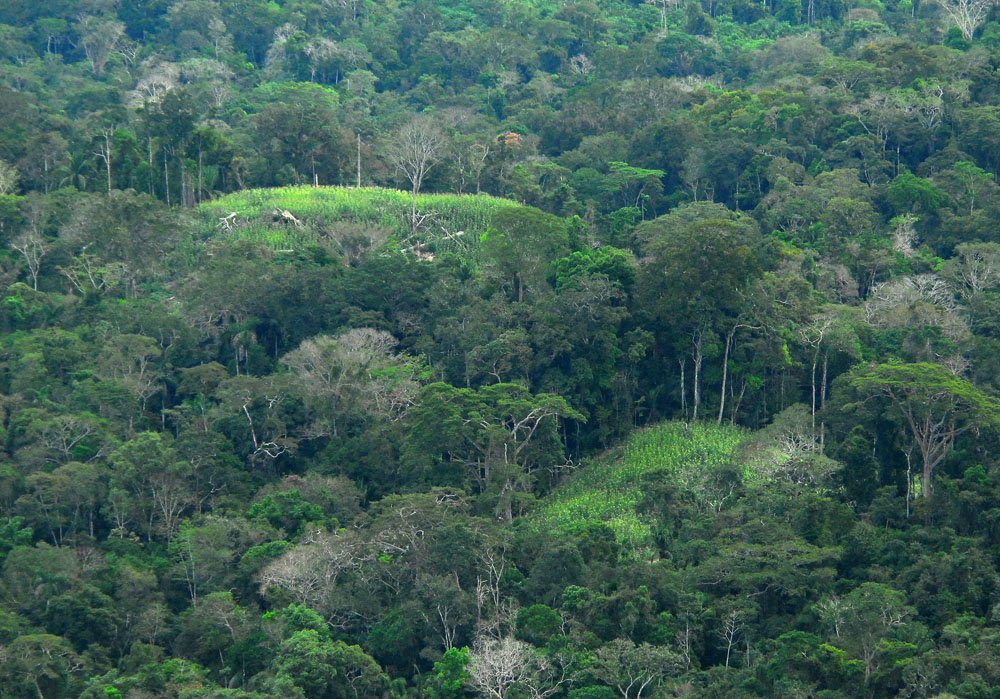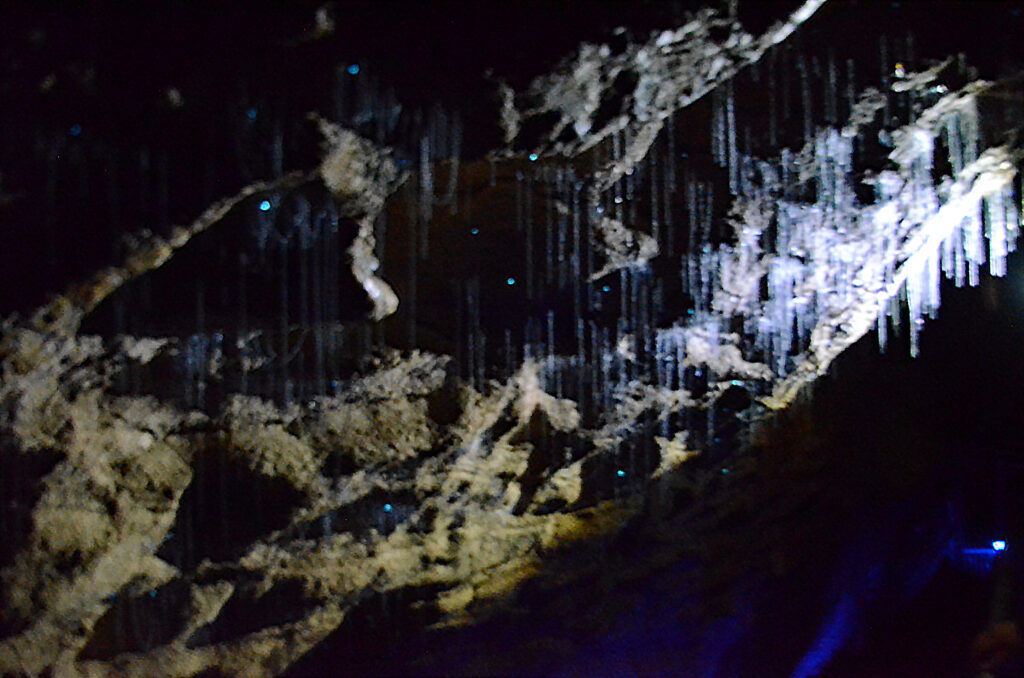Imagine walking through the dense, humming heart of the Amazon rainforest. The air is thick, the ground alive with insects, and towering trees block out the sun. Now, picture hidden beneath your feet the remnants of sprawling cities—roads, plazas, even pyramids—swallowed by centuries of jungle growth. For years, the Amazon was thought to be an untouched wilderness, incapable of supporting large, complex societies. But what if that’s not the whole story? What if, under the green canopy, the echoes of a forgotten civilization are waiting to be rediscovered?
The Long-Standing Myth of Amazonian Wilderness
For generations, the Amazon was believed to be a pristine wilderness, untouched by human hands except for small, scattered tribes. This idea was cemented by early explorers who described the region as “counterfeit paradise,” too poor in soil for cities or agriculture. The jungle seemed impenetrable and indifferent to civilization. But this myth ignored local knowledge and overlooked clues left behind in the earth itself. Recent discoveries have begun to challenge this narrative, revealing a much more complicated and surprising history.
Signs Written in the Soil: Terra Preta and Human Ingenuity
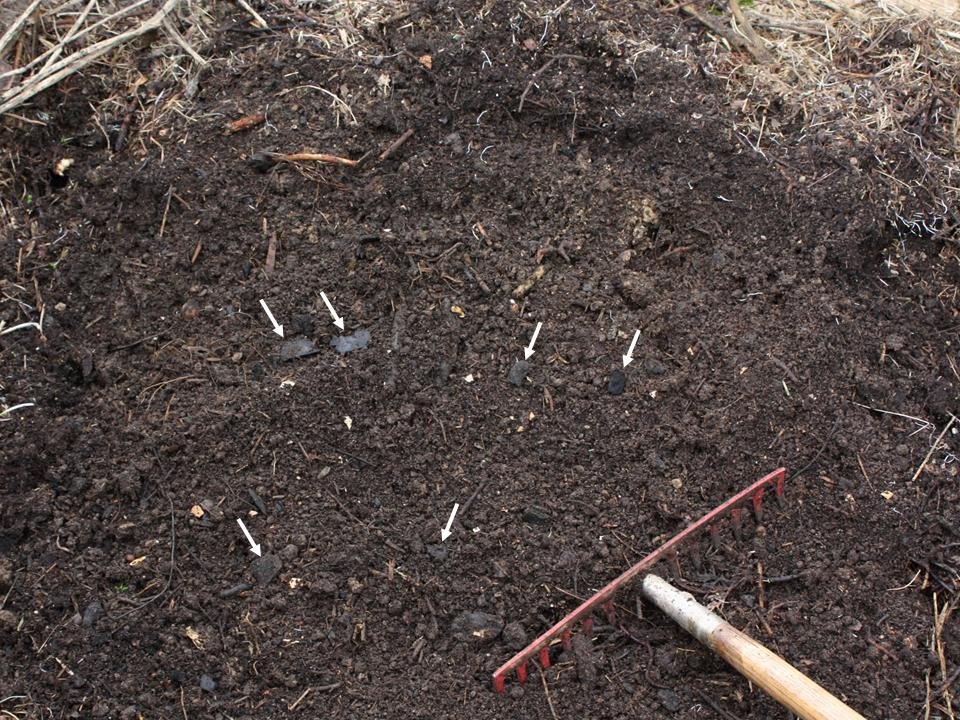
One of the most astonishing pieces of evidence for an ancient Amazonian civilization lies hidden in the soil. Scattered across the region are patches of “terra preta,” or dark earth, which are rich in nutrients and far more fertile than the surrounding land. Scientists have found that this soil was created intentionally by ancient peoples, mixing charcoal, bones, and organic waste to improve the earth. This reveals a level of agricultural knowledge and environmental engineering that is simply breathtaking. The presence of terra preta suggests people lived here in large numbers and shaped the land to support them.
Mysterious Geoglyphs: Patterns from the Past
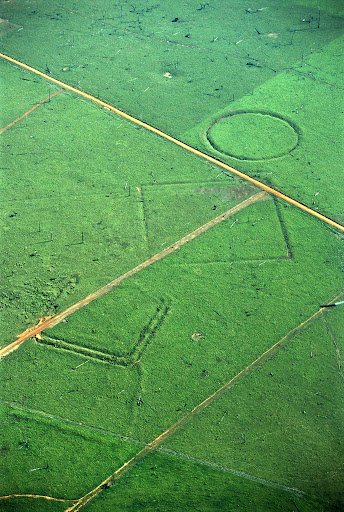
As more of the Amazon is surveyed, especially with modern tools like satellite imagery and LiDAR, strange geometric shapes have appeared on the landscape. Circles, squares, and lines—sometimes hundreds of meters across—have been carved into the earth. These geoglyphs, as they are called, are thought to be remnants of ceremonial centers, plazas, or possibly even roadways. Their sheer size and precision imply organized labor and a shared cultural vision, hinting at societies much more complex than previously imagined.
The Jungle’s Hidden Architecture: Lost Cities Revealed
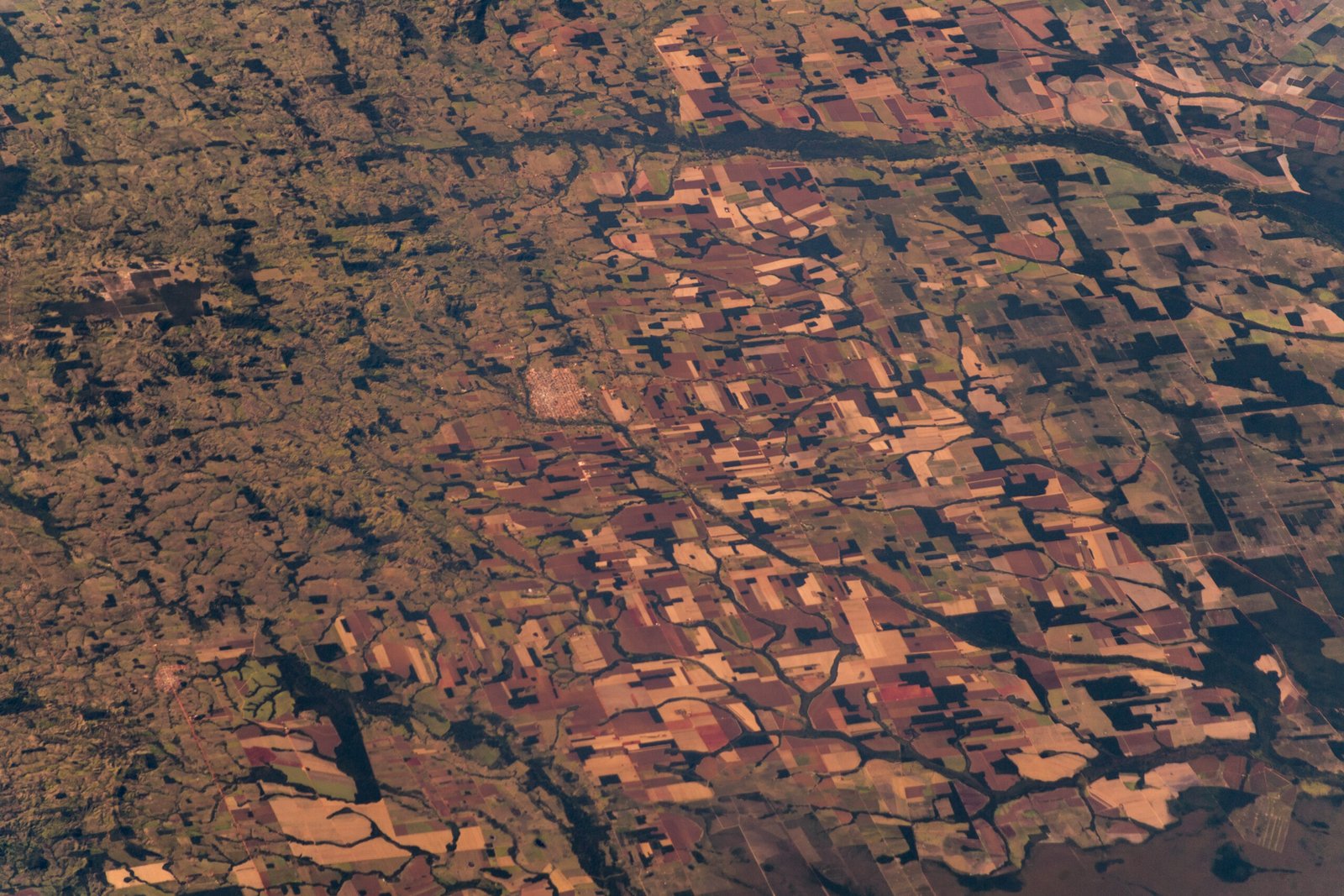
Beneath the thick blanket of vines and trees, archaeologists are uncovering the faint outlines of ancient cities. Evidence of grid-like street layouts, causeways, and massive mounds rise from the forest floor. Some sites even include pyramids and platforms, reminiscent of other great civilizations. These discoveries suggest that, far from being an empty wilderness, the Amazon once held vibrant urban centers teeming with life. The challenge now is piecing together the scale and story of these lost cities, much of which remains hidden under the ever-encroaching jungle.
The Power of LiDAR: Seeing Through the Canopy
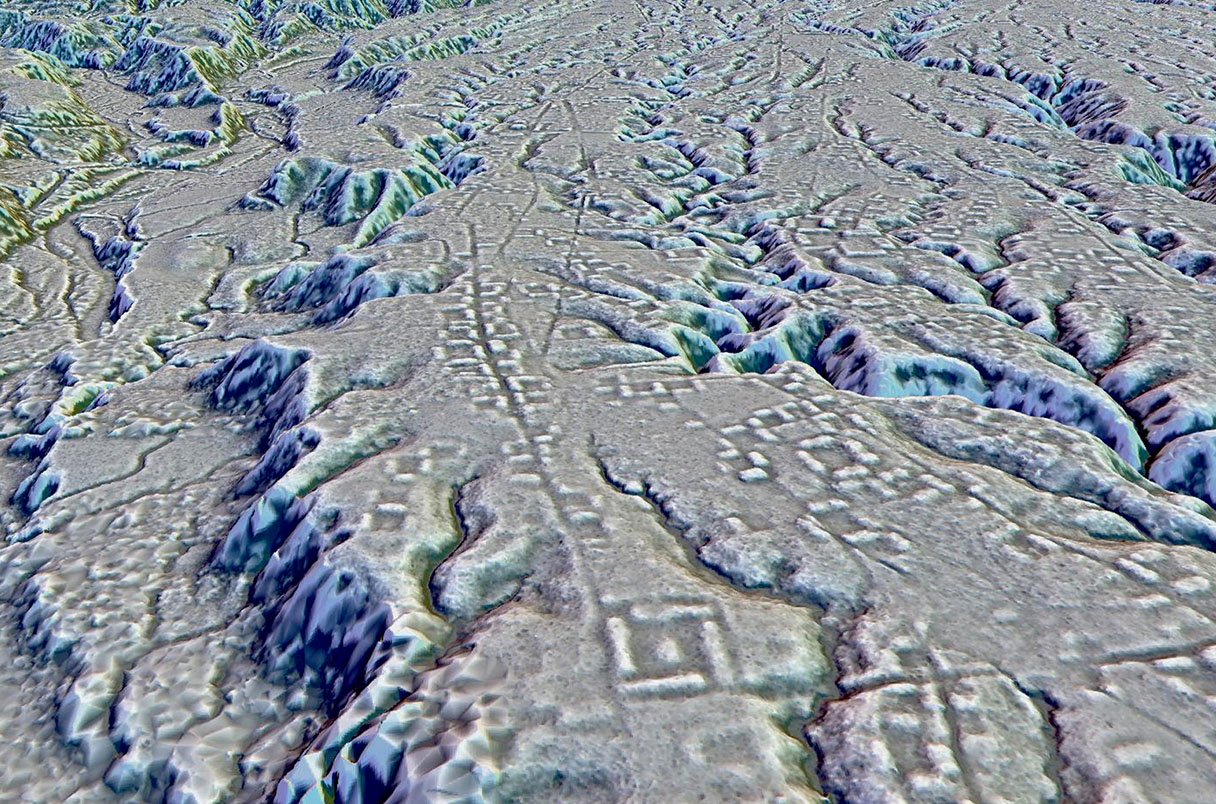
Traditional archaeology in the Amazon is slow and difficult, but LiDAR technology has changed the game. By shooting lasers from aircraft, researchers can strip away the jungle’s greenery in digital images, revealing what lies beneath. In recent years, LiDAR has uncovered vast networks of roads, canals, and settlements stretching across thousands of square kilometers. These hidden features often align with known terra preta sites and geoglyphs, painting a picture of a highly organized landscape. It’s a technological revolution that’s rewriting the history of the Amazon, one scan at a time.
The Collapse and Disappearance of Amazonian Societies
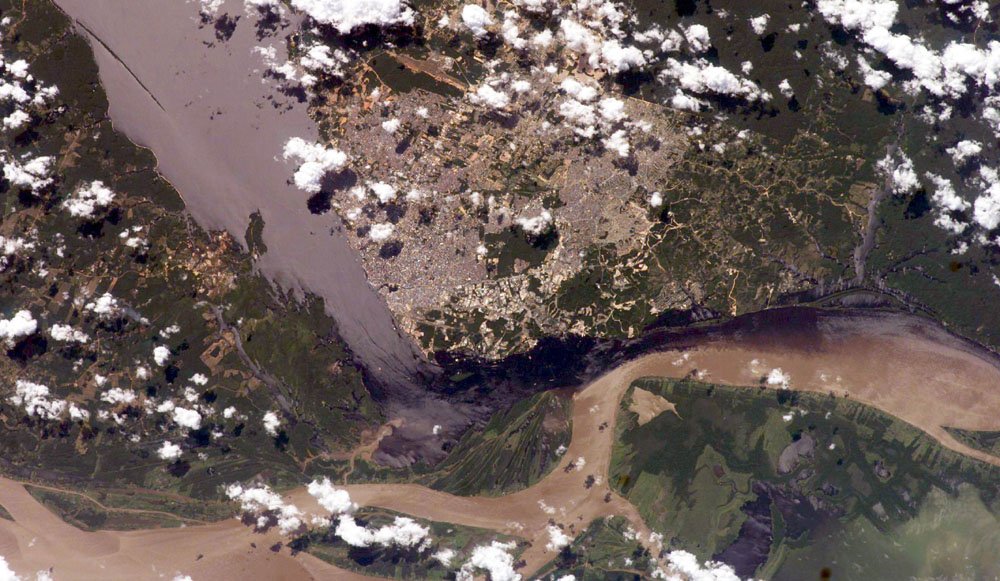
If these ancient cities were once so bustling, what happened to them? Scholars believe a devastating wave of diseases—brought by European explorers and colonizers—decimated local populations. Within a few generations, the once-cultivated lands were abandoned, and the jungle quickly reclaimed stone and wood. Oral traditions among Indigenous peoples still speak of ancient ancestors and mighty cities, but much knowledge was lost in the chaos of collapse. Today, the forest hides these stories, preserving them in silence and shadow.
Indigenous Wisdom and Modern Science Intertwined
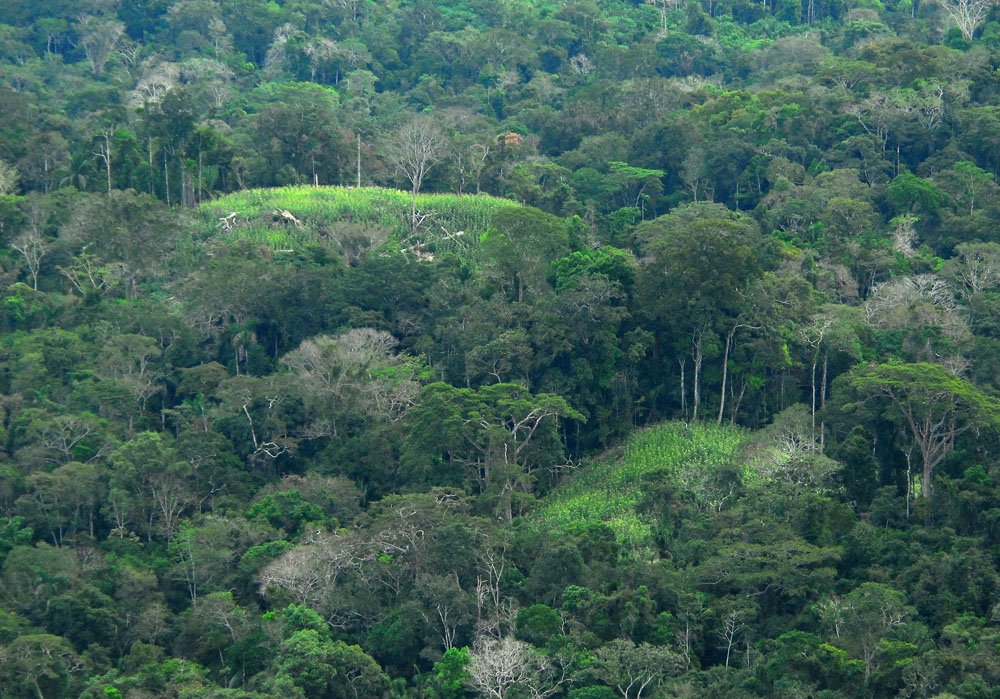
It’s tempting to think of ancient Amazonians as lost, but in many ways, their descendants are still here. Indigenous communities maintain deep knowledge of the forest, its plants, and its cycles. This wisdom, passed down through generations, is now being recognized as vital to understanding Amazonian history. Scientists and Indigenous leaders are working together, blending new technology with old traditions to unlock the secrets of the past. Their collaboration offers hope, not just for archaeology, but for the future of the rainforest itself.
Rethinking What Civilization Means
The discovery of lost forest cities forces us to question what we mean by “civilization.” For too long, Western ideas of cities, stone monuments, and empires have dominated our thinking. But the Amazonian societies built their worlds differently, integrating cities with nature instead of conquering it. Their achievements—managing soil, building without destroying, and thriving in harmony with the jungle—offer a startlingly modern lesson. Civilization, it turns out, can wear many faces, some hidden under green leaves.
The Impact of Discovery: From History to Conservation
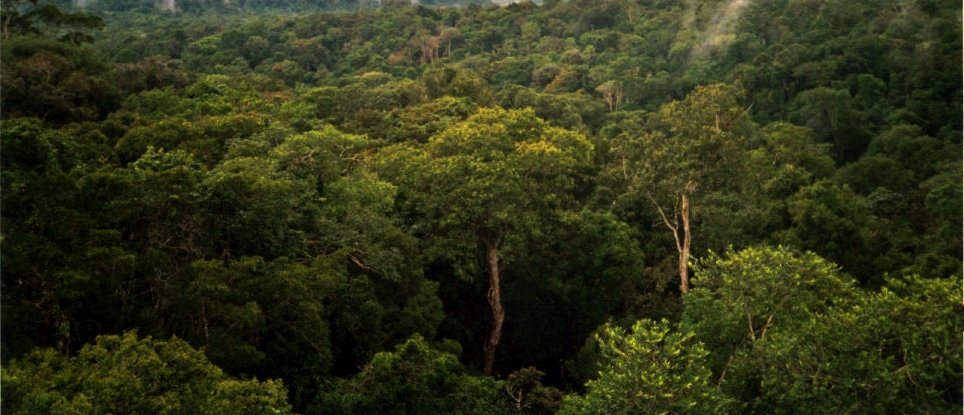
Uncovering the lost cities of the Amazon is more than just a historical curiosity. These discoveries are changing the way we think about the rainforest and its importance. If the jungle is a human-made landscape, then preserving it is not just about saving nature—it’s about honoring a legacy. Archaeological finds can inspire new approaches to conservation that respect both the land and the people who have shaped it for centuries. The story of the Amazon’s ancient cities is a powerful call to action for all who care about our planet’s future.
Leaving the Forest Cities Behind: What Remains?

As scientists continue to map and excavate the Amazon, more questions emerge than answers. How many cities remain hidden? What technologies did ancient people use? And what can we learn from their successes and failures? The lost forest cities are a reminder of how much we still have to uncover, and how easily history can be swallowed by time. Their silent plazas and forgotten roads invite us to listen, to look deeper, and to never stop asking questions.
How many more ancient secrets lie beneath the green waves of the Amazon, waiting for the world to notice?

